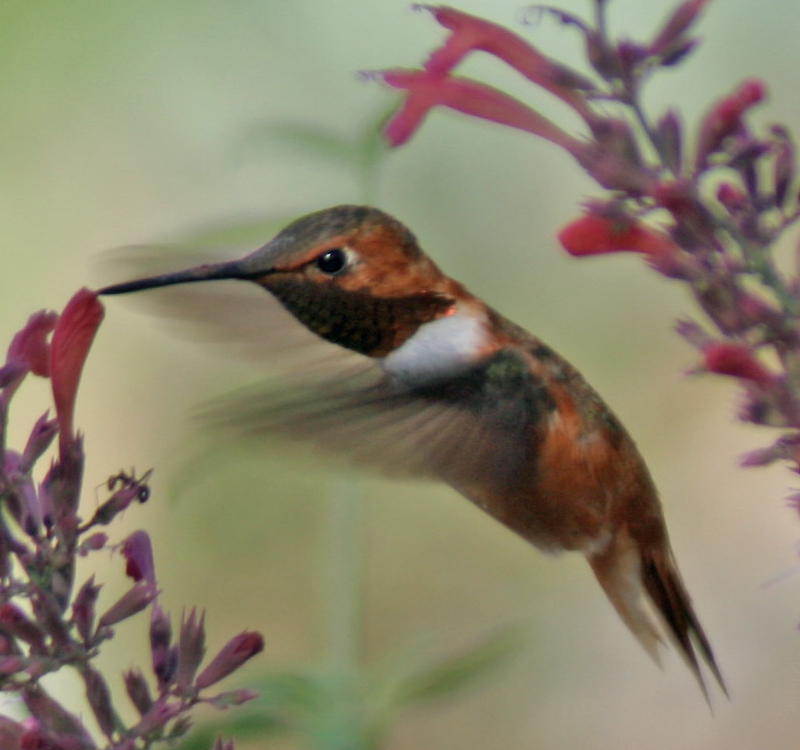
Rufous Hummingbird, photo by Kelli Heindel
Perhaps the question we are most often asked about hummingbirds is “When should I put up and take down my hummingbird feeders?” This question reflects the concern that feeders might entice hummers to remain too long in fall, which might cause them irreparable harm. In Inyo County that does not appear to be the case. Hummingbirds are found year-round near Ridgecrest, 100 miles to the south of Bishop. If a hummer decided to leave Bishop it would arrive about three hours later where it would find feeders, shelter, and sparring companions. So our answer is “As soon as you move in and when you move away!”
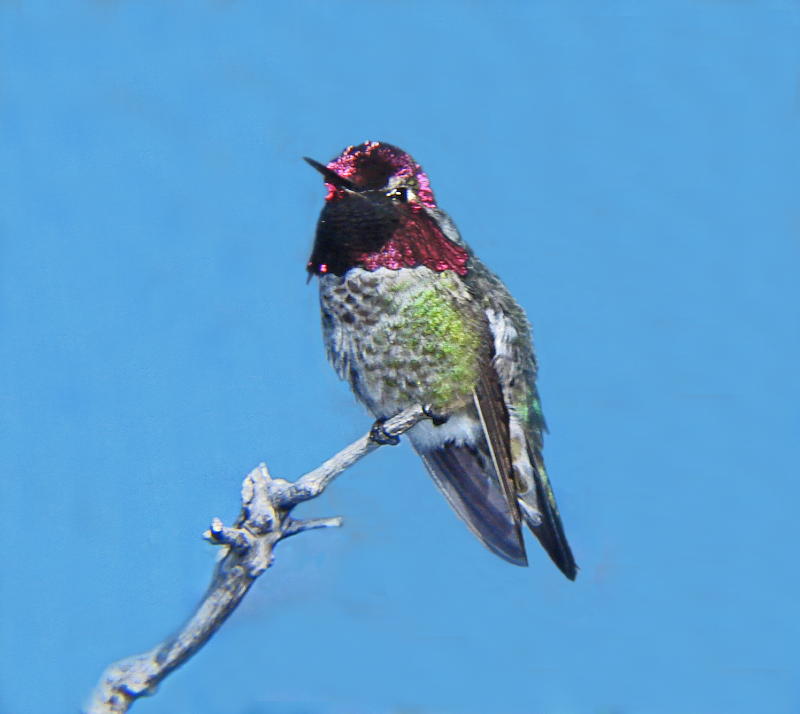
Anna’s Hummingbird, Photo by Tom Heindel
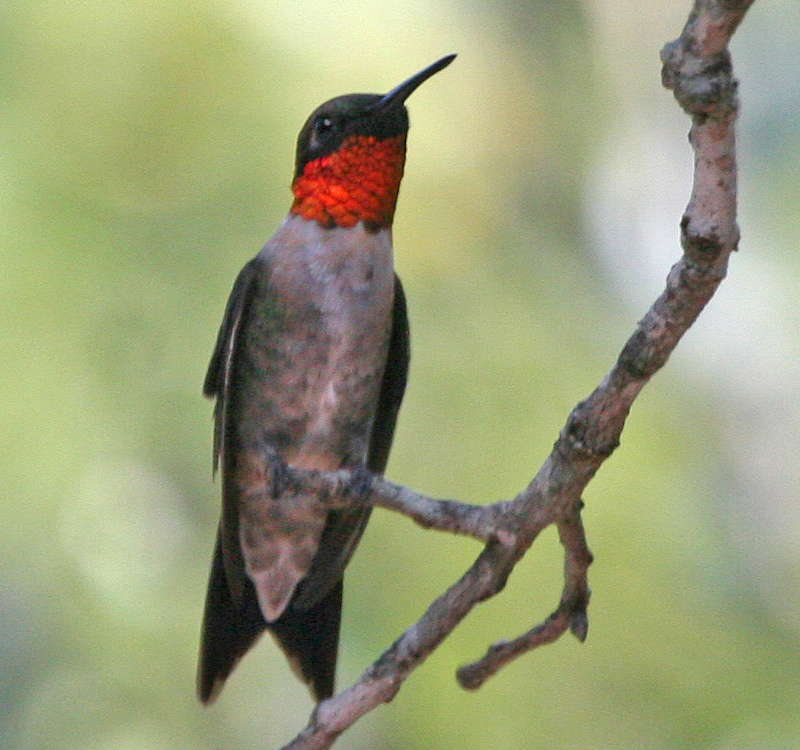
Ruby-throated Hummingbird, Photo by Matt Heindel
If you have not had feeders out this winter, this is a good time to clean them with bleach, rinse repeatedly, and fill with fresh syrup since the migrants are already heading our way. We were shocked a few years ago when we were running a banding station in our backyard and found an adult male Rufous Hummingbird in the net on 17 Feb! If we didn’t have feeders out and if we didn’t happen to be banding that day, we never would have guessed that a Rufous would be heading north so early.
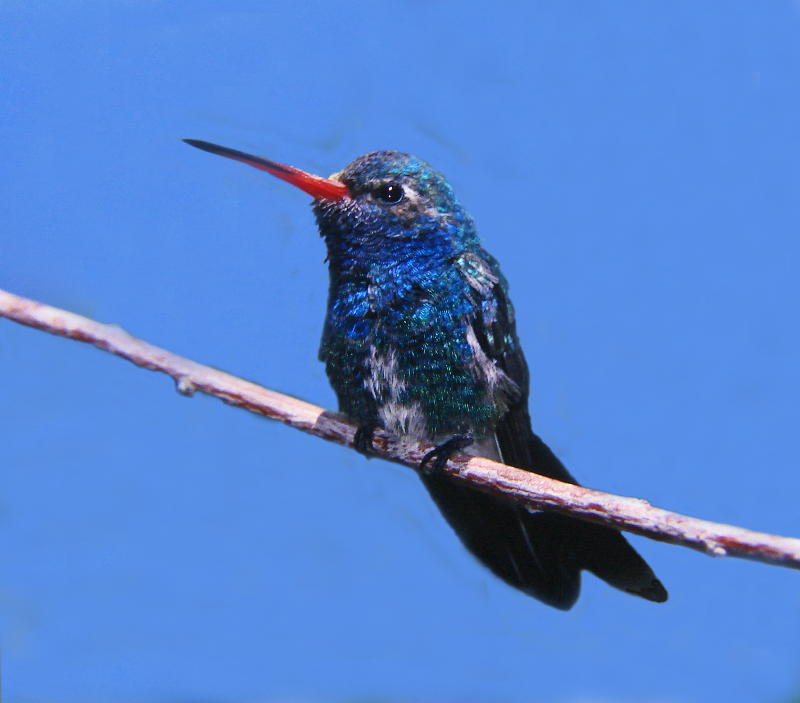
Broad-billed Hummingbird, Photo by Tom Heindel
Inyo County has eight species of hummingbirds all documented with photographs. Two species are casual, the eastern Ruby-throated and the Mexican Broad-billed. A Ruby-throated was photographed at Furnace Creek Ranch (J.L. Dunn) and recently accepted by the California Bird Records Committee. The Broad-billed normally reaches southeastern Arizona but twice has made it to Inyo County where the immature males were well photographed in Lone Pine and Big Pine.
Of the remaining six species, all occur annually in the Eastern Sierra with Anna’s, Rufous, and Costa’s regular and widespread by mid to late March. Black-chinned, Calliope (click for photo) and Broad-tailed arrive in April. All of these are breeders except the Rufous, which is a pure migrant here and breeds no closer than the extreme northwest corner of California.
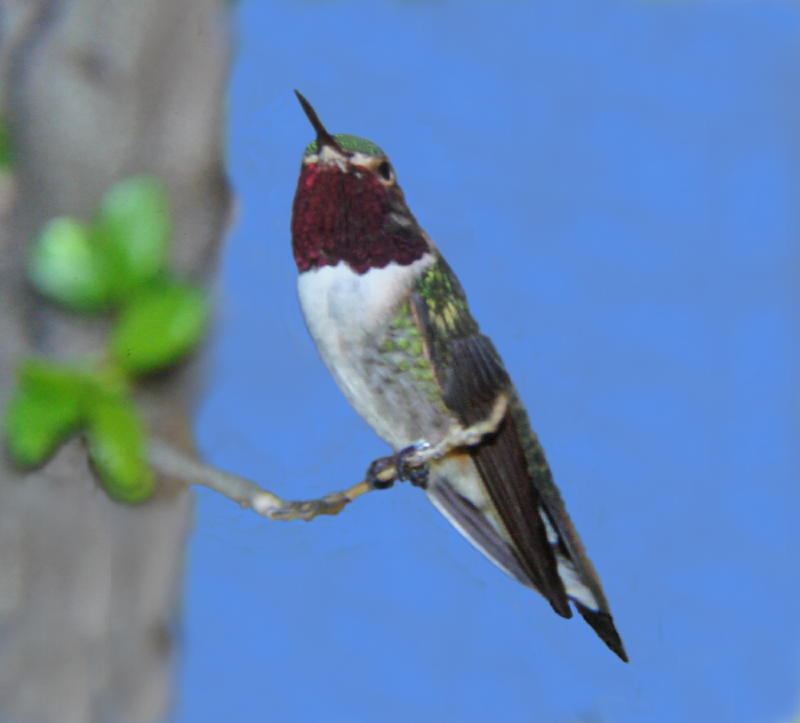
Broad-tailed Hummingbird, Photo by Tom Heindel
Anna’s and Black-chinned Hummingbirds are the species most often found in towns and riparian areas of the Owens Valley. Costa’s may also be found in these areas although they are usually associated with more xeric habitats.
Our smallest hummingbird, the Calliope, favors the mountains and has been found nesting as high as 10,000ft near the Baker Creek headwaters.
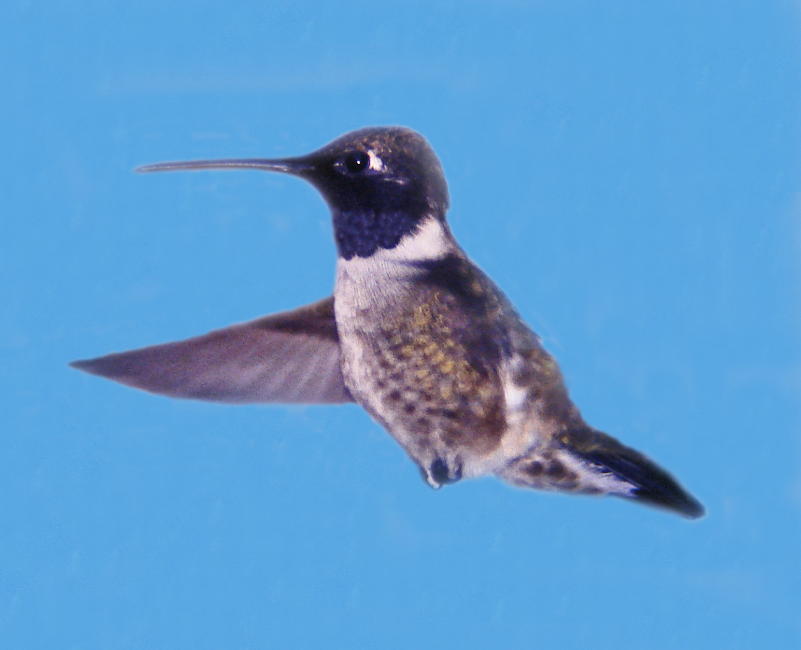
Black-chinned Hummingbird, Photo by Tom Heindel
There are many good books on hummingbirds. Our favorite two are Hummingbirds of North America: The Photographic Guide, by S.N.G. Howell (2002 Academic Press) and Hummingbirds of North America, the Peterson Field Guide Series, by S.L. Williamson (2001 Houghton Mifflin, Co.).
By the time you read this, the hummingbirds could be searching your yard. Don’t make them wonder where you hung the feeders!
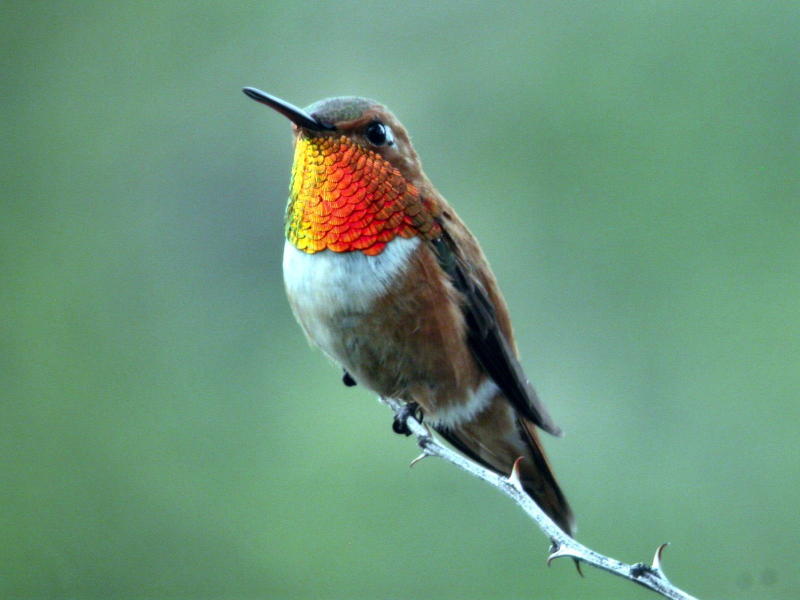
Rufous Hummingbird, Photo by Kelli Heindel

